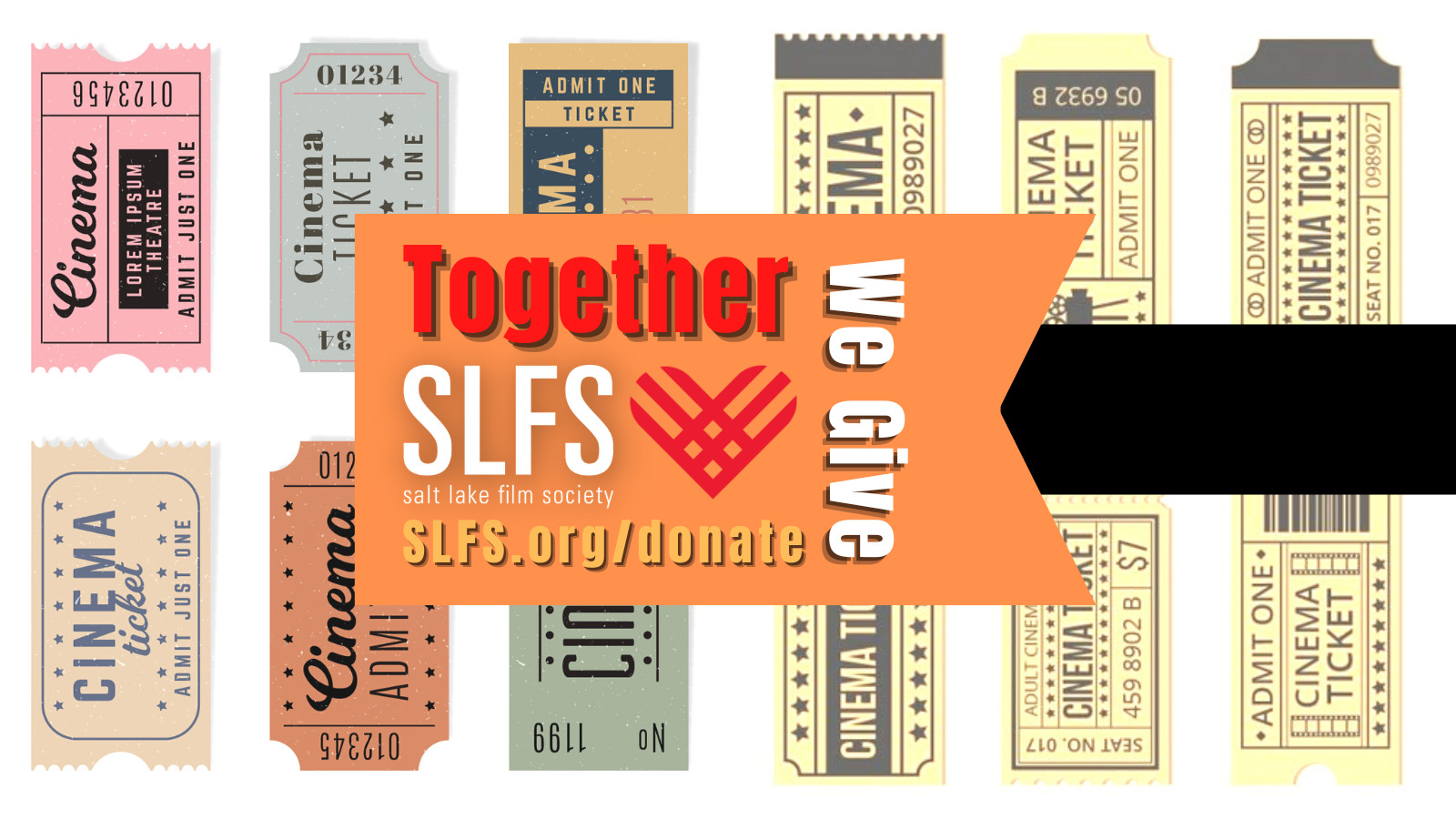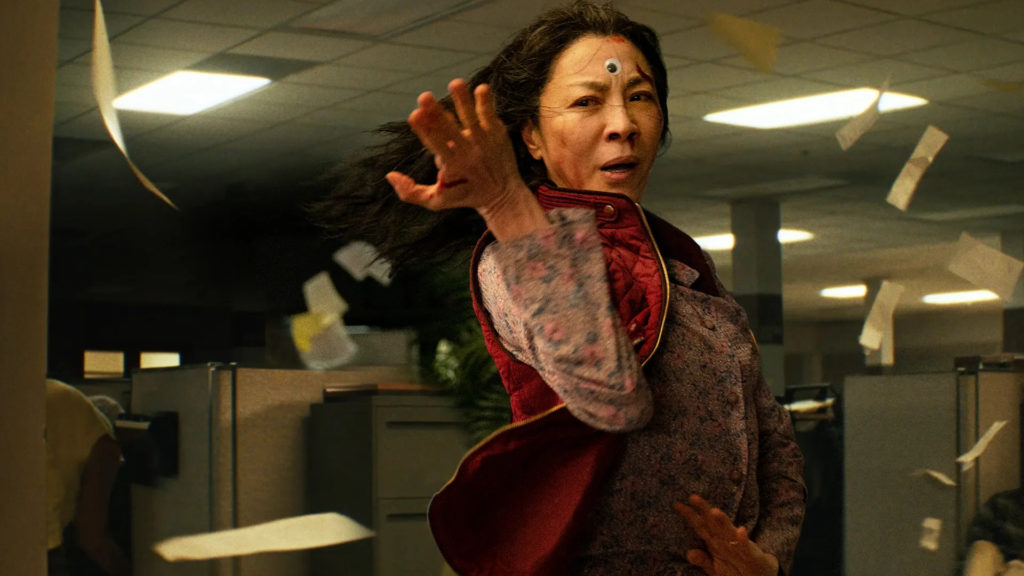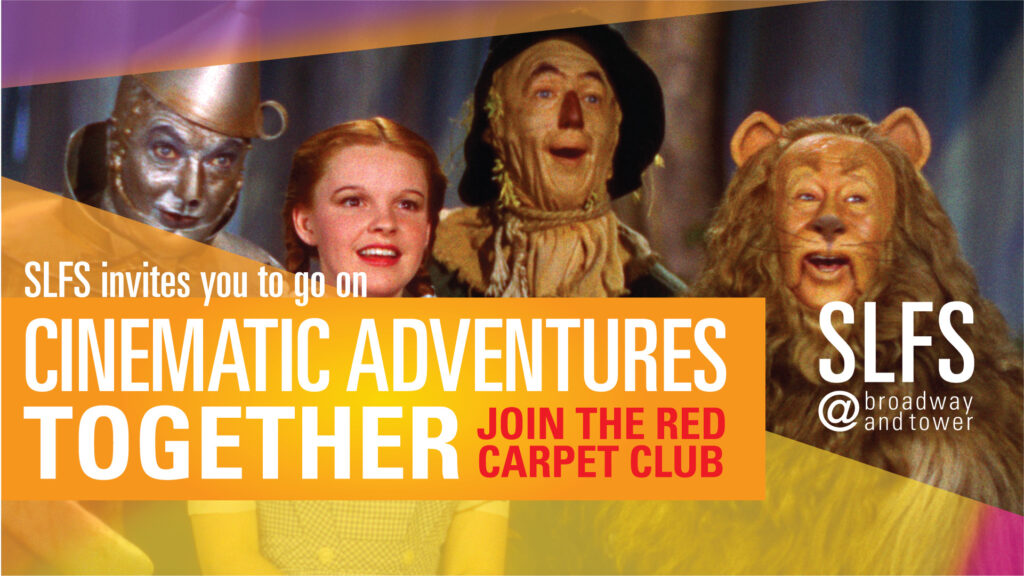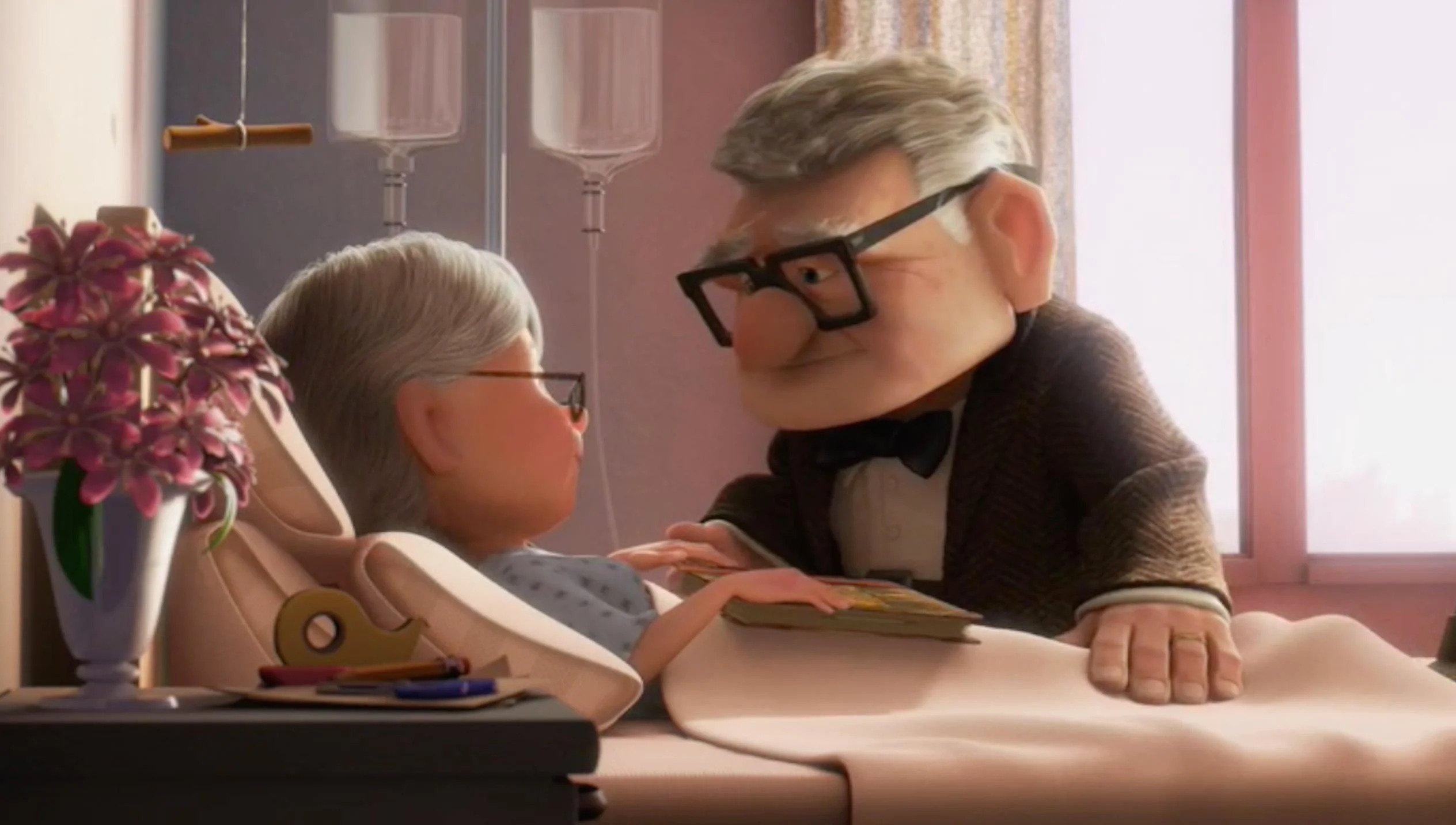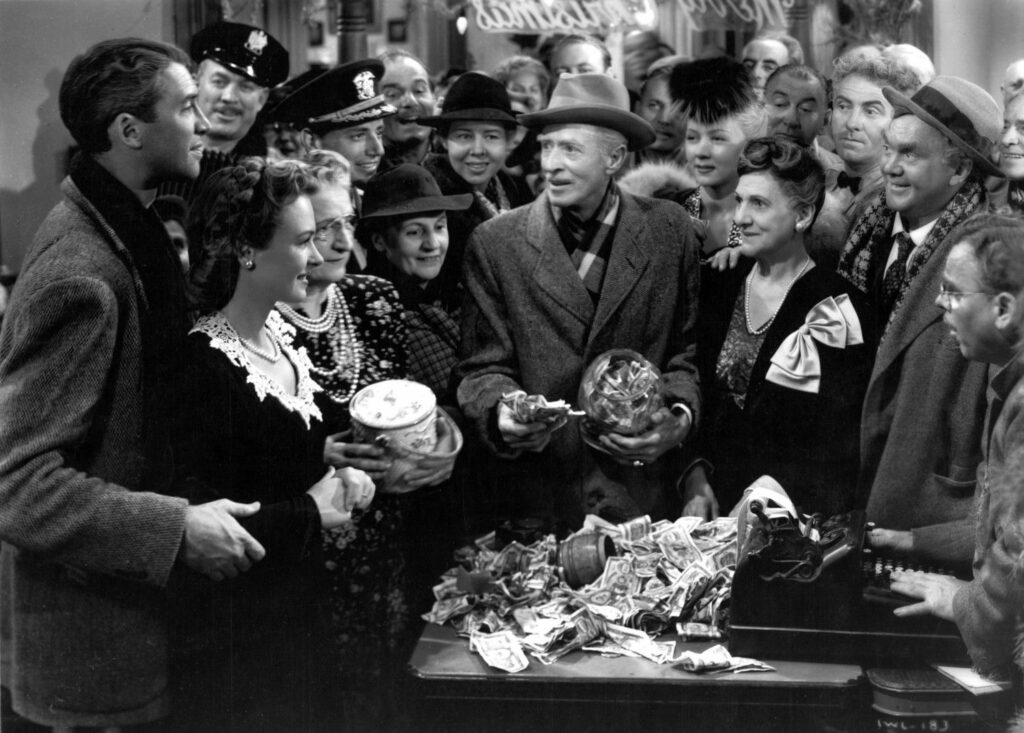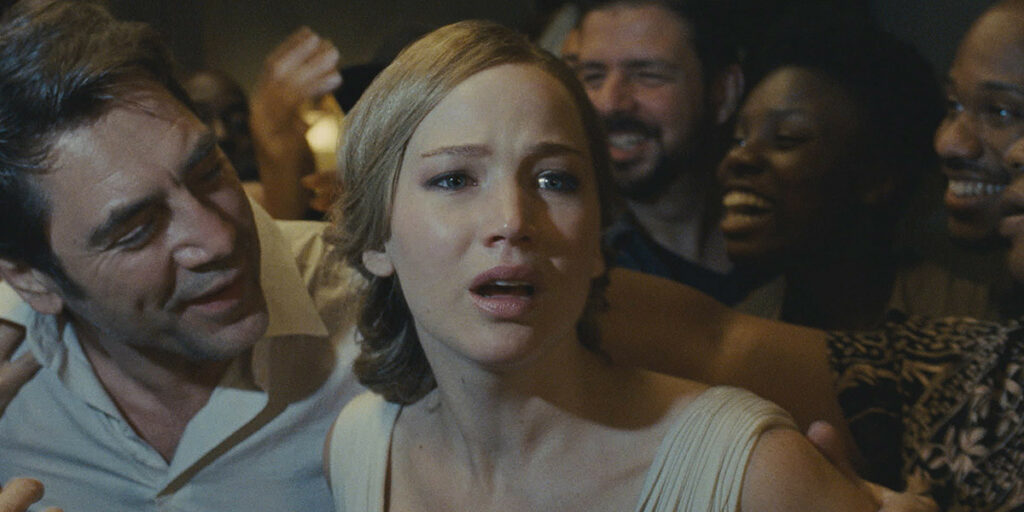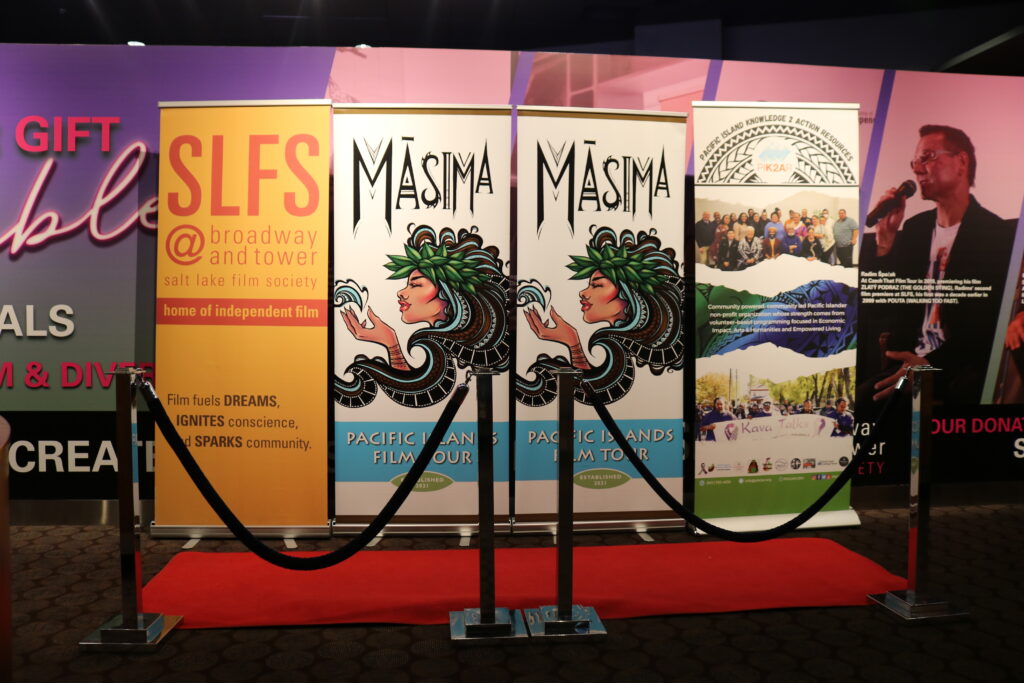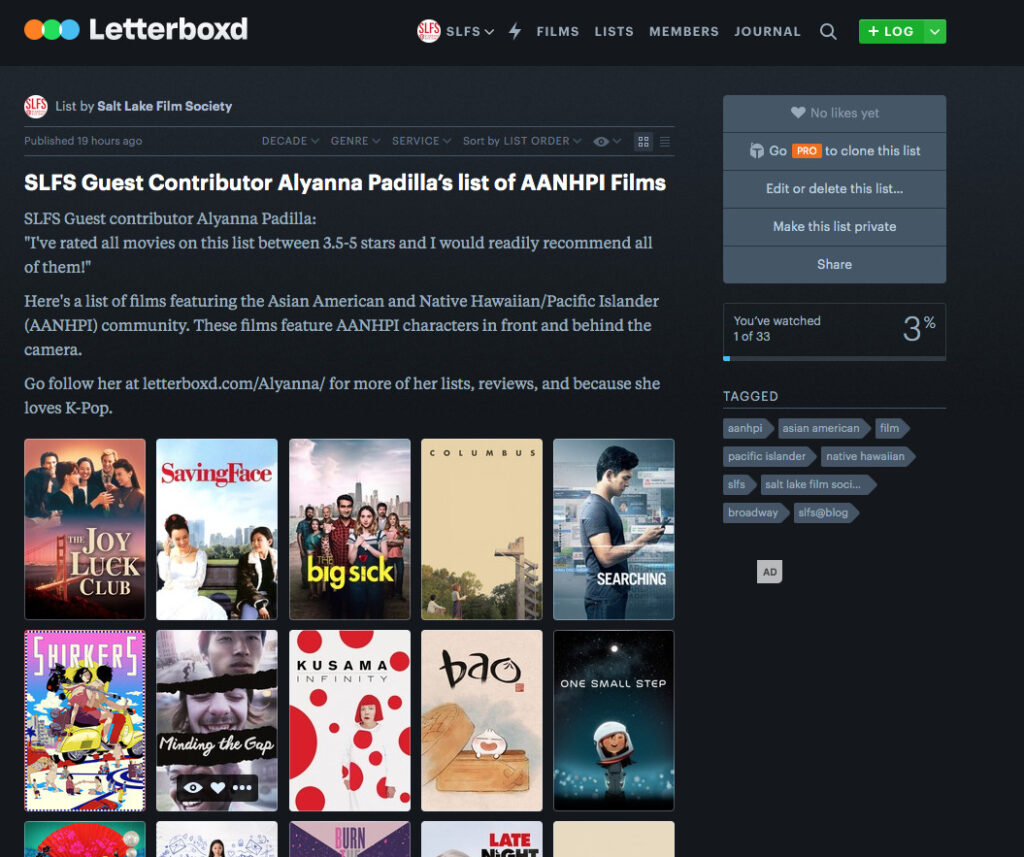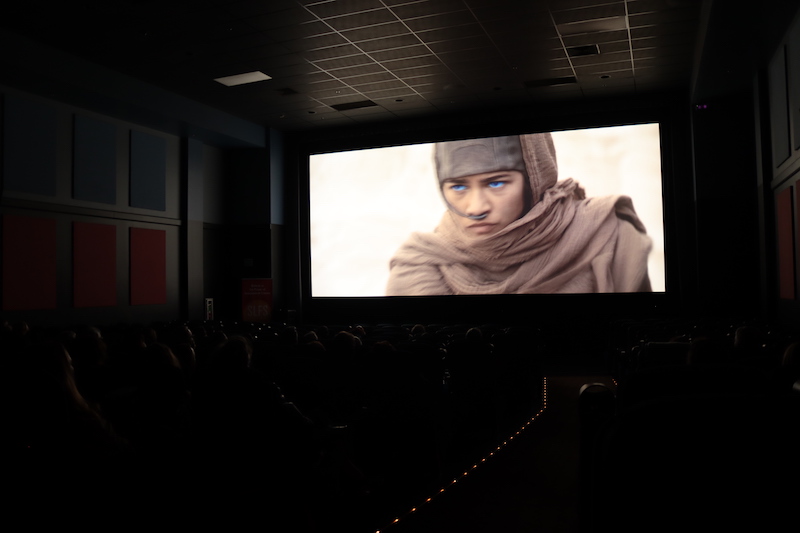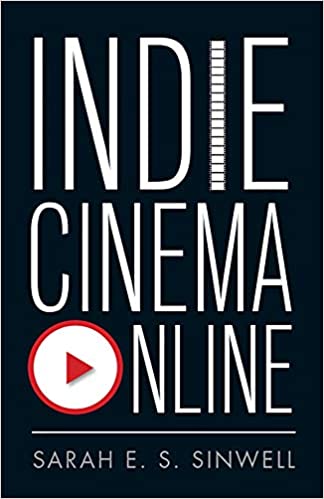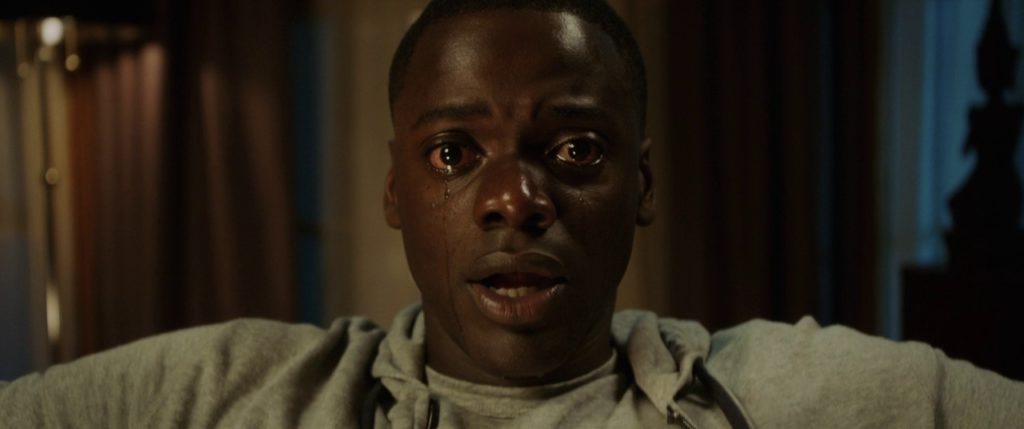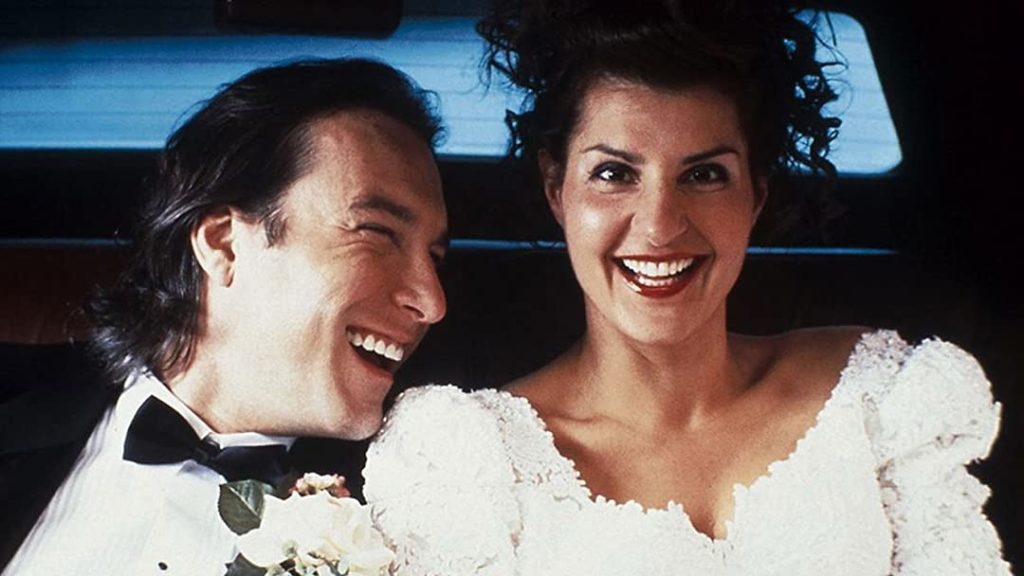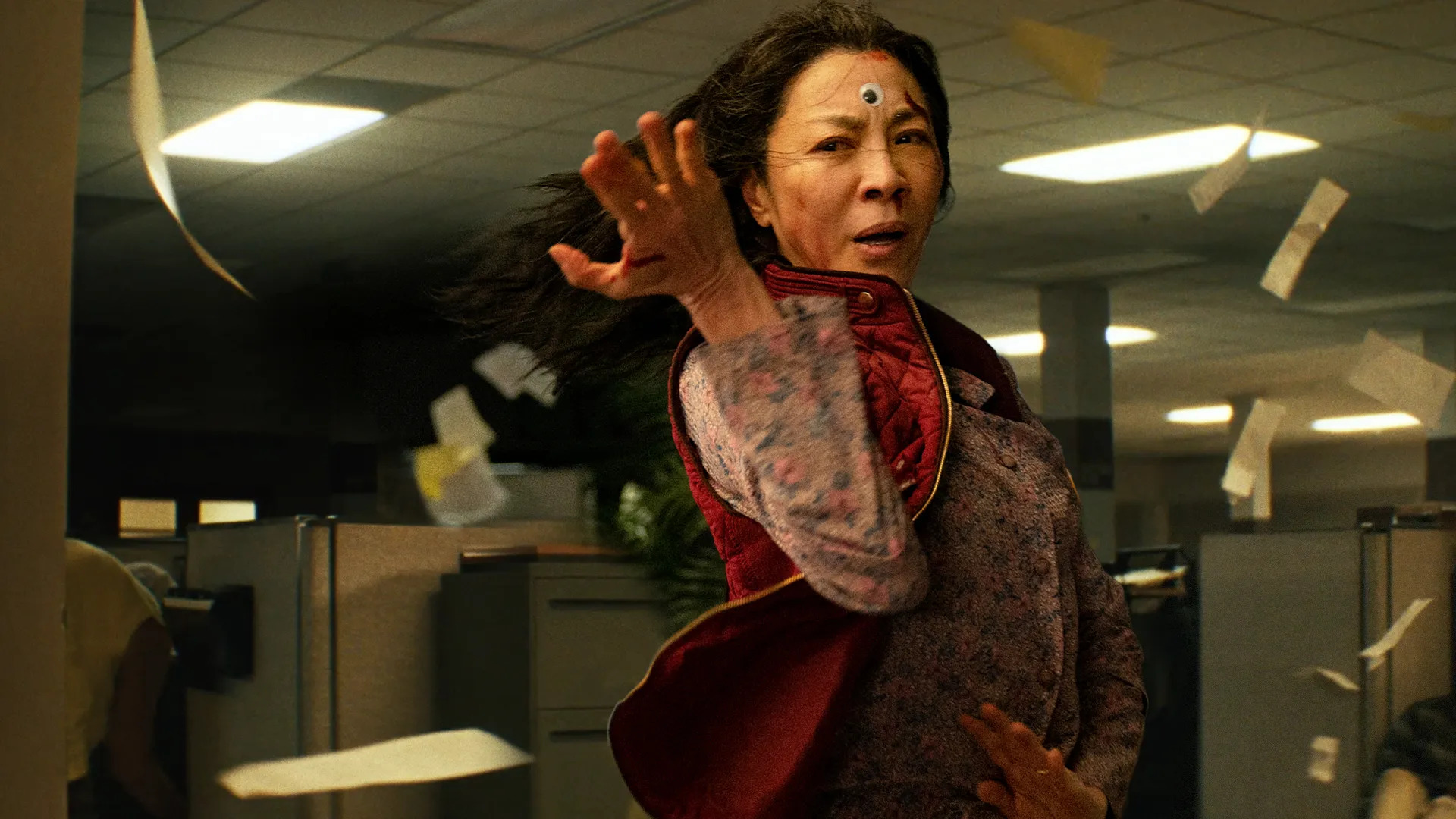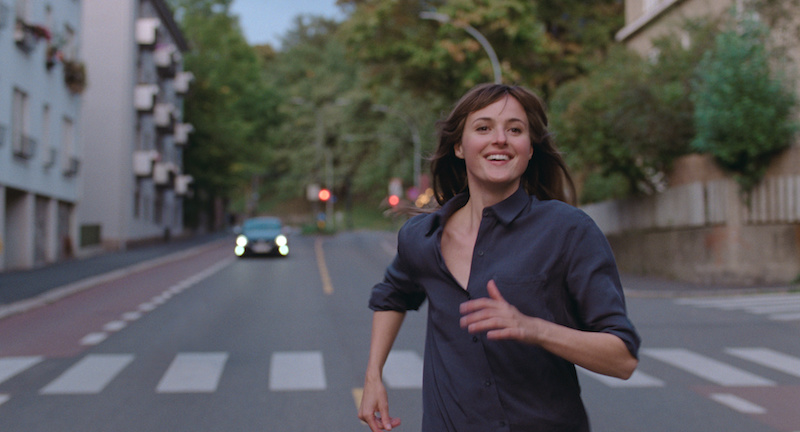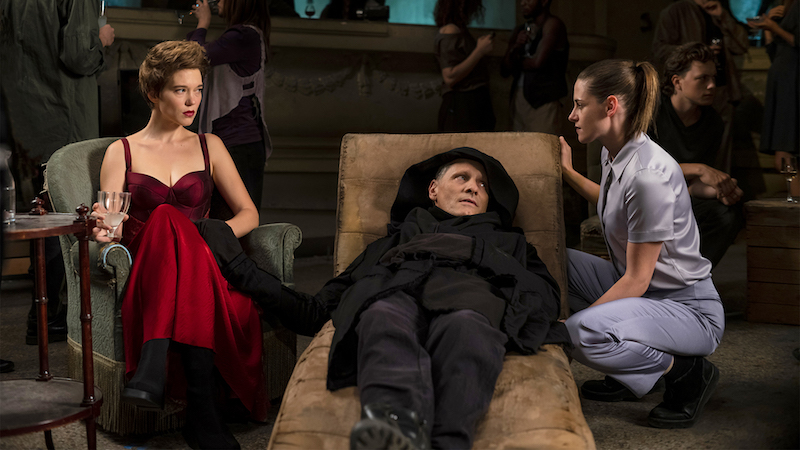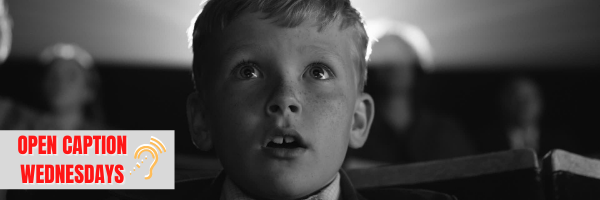At Salt Lake Film Society, we believe that the visual stories of film are at their best on the big screen. Whether it’s the dark room, the imposing visuals, or the access to movie theater popcorn, the unique experience of watching a movie in a movie theater is not lost on our patrons, or our staff members. In our blog this week, we hear from Ally Lantz, Theater Manager at Broadway Centre Cinemas, on the amplified experience of watching her favorite director, Celine Sciamma, on the big screen.
“Why do we enjoy spending our time watching movies at a movie theater? While it’s a seemingly simple question, there are a wide variety of answers depending on who you ask. For some, it might be the popcorn and snacks, while for others it might be the communal and social viewing experience. For myself, I like watching in a theater because I enjoy being immersed in the pace of a film. Watching at home, time is beholden to our control and to our terms. You can pause and disrupt the film experience at any moment.
But in a theater you must entirely relinquish your control of time. You allow yourself to be swept up in the story’s passage of time, often experiencing time in a different way. If you are lucky, you will find yourself leaving the cinema feeling as though you have just emerged from a cocoon, where the film’s relatively brief runtime has materialized into an epic cinematic journey.
Sciamma in The Movie Theater
This unique passage of time is why I love watching films in a theater, and is no better exemplified than through the work of Celine Sciamma, a favorite of mine. Sciamma manipulates time in the service of elevating the emotional weight of her stories. Earlier this year, she released a new film, Petite Maman, which follows an 8-year-old named Nelly after her beloved grandmother passed away. She helps her parents clean out her mother’s childhood home and what follows is a tender meditation on grief and familial relationships.
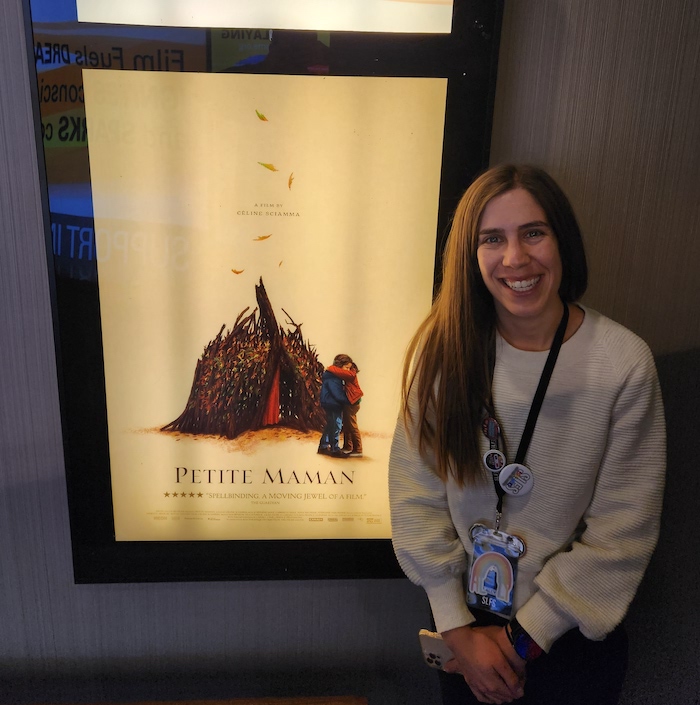
Petite Maman is a film that has led me to months of decryption and contemplation. If you asked me how long a movie should be to fully explore the complex thematic content typical of Sciamma, I would say you would need something akin to a 3-hour narrative. Yet Sciamma manifests a layered epic within a brief 72 minutes.
The young girls’ interactions occur beyond the sphere of chronological time, but these characters are not in stasis, and the full weight of emotion that the more traditional passage of time would imply is still communicated effortlessly. I saw this film at our own Broadway Centre Cinemas and even with an unusually short runtime, I drifted into a sort of limbo; where literal time passage was irrelevant, it felt like days or even weeks had gone by.
The Passage of Time in Portrait of a Lady on Fire
In another Sciamma film, Portrait of a Lady on Fire, there are only a few indicators that time has passed at all, in reality and in the story. The clearest is the presence or absence of the Mother character, and upon her departure, our two female leads find themselves suspended in a timeless bubble. Within this space the characters are free to indulge in infatuation, their mutual experience undisturbed and their love permitted to develop.
When the Mother returns, this bubble suddenly bursts, and with a twisted urgency, it all begins to move too quickly. Time starts running out, and our characters become aware of the impending and unavoidable conclusion. We watch their experiences begin to transform into memories, which are altered by the emotions and complexity of their circumstances.
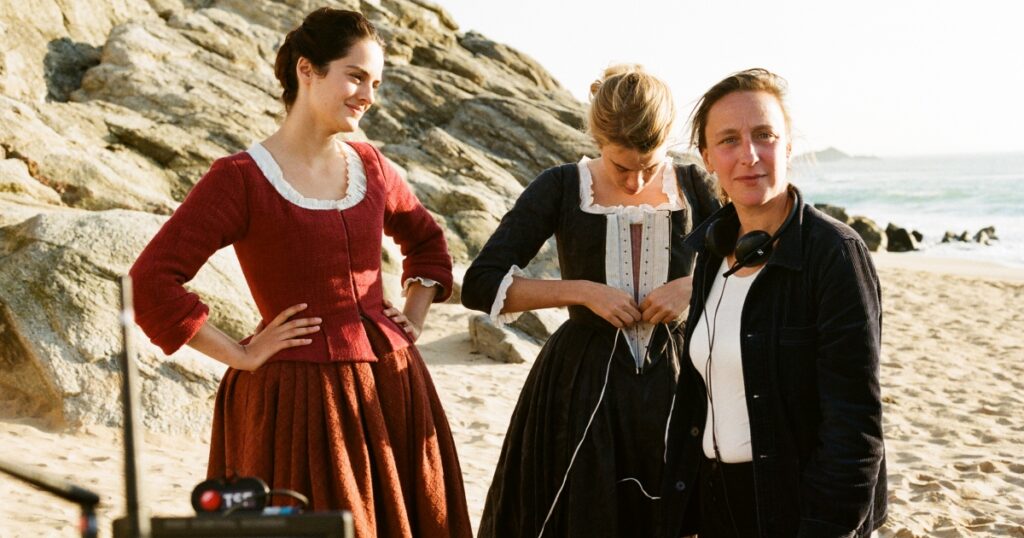
This memory of mine was made possible by the insulated and attentive nature of the movie theater viewing experience (and the following dream-like state). If I had not experienced the story within the controlled theatrical environment, the impact of Sciamma’s story and the connection I felt to it would not have been possible.
If you look at Portrait of a Lady on Fire as a story told from the memory of Marianne, one of the two main characters, the intent behind the malleability of time is clear. It is her memory that alters time and the pace of this story, blending moments and experiences into the physical passage of time itself. I remember walking out of the theater after watching this film, feeling like I had just emerged from an emotional fever dream.
The experience of watching Celine Sciamma’s films has been described as “unwrapping a present from someone who loves you”; tender and intimate, and occupying not just the linear flow of moment to moment, but the space of memory and feeling. The best way to immerse yourself in this playful rendering of time is to give yourself fully to the experience. The spell may be broken if you hit pause, so please next time Sciamma or any of your favorite filmmakers releases a film, head to your nearest cinema (like Broadway Centre Cinemas). These films are made to be seen in theaters and being in one is a part of the experience you will not want to miss out on.”

